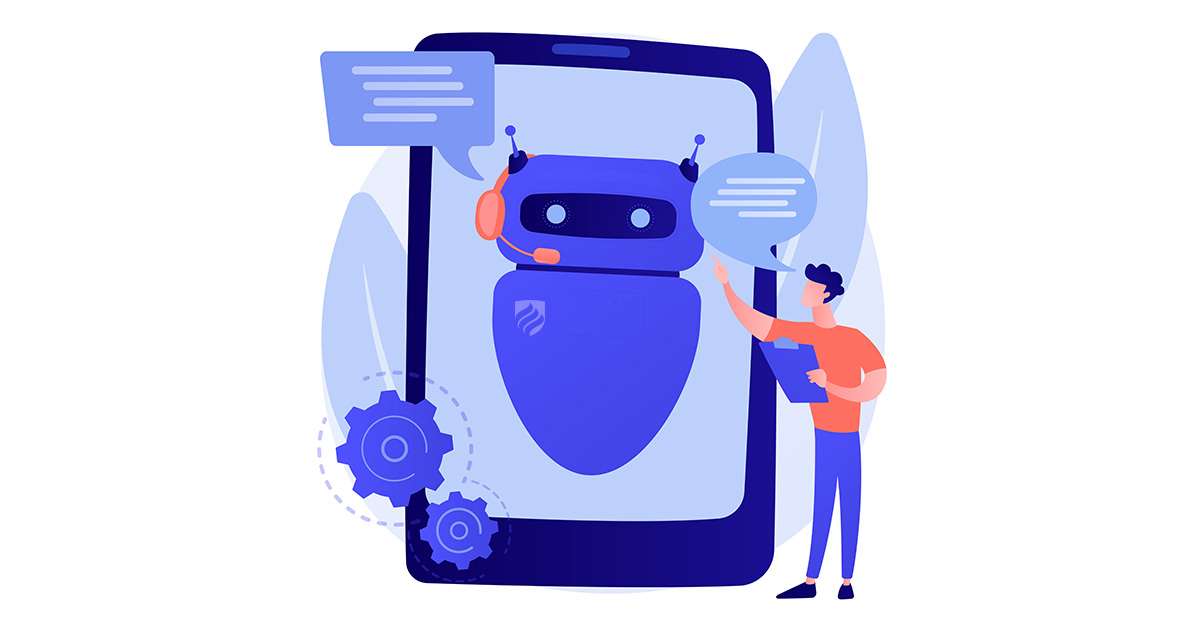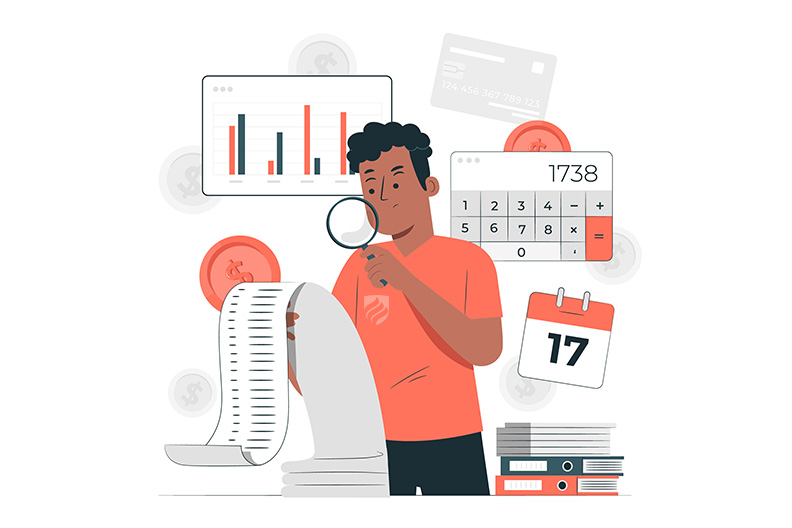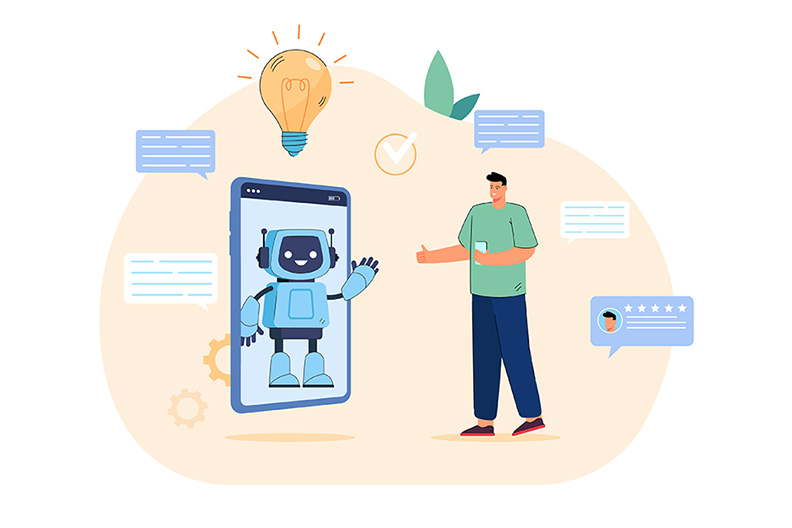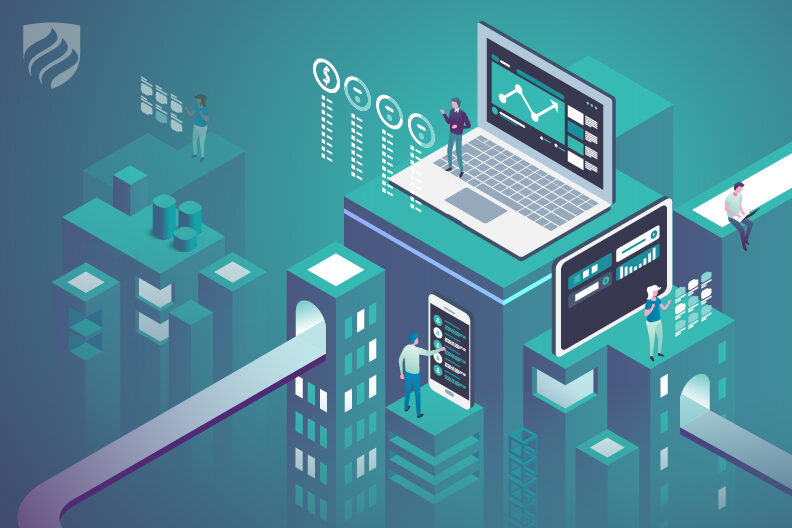The Current State of AI
BY JAMES KULICH | 5 MIN READ

Before the arrival of ChatGPT, one way to view artificial intelligence (AI) was as a back-room technology; a set of tools that could handle some specialized but largely mechanical tasks well.
From this vantage point, AI did not and never would create real competition for those engaged in work that required deep thinking. On the other end of the spectrum was the fanciful view that AI was on its way to being all powerful, eventually overriding human capability and judgment. The choice was to be awed or to be scared.
As this current state of AI has begun to show us, the reality lies somewhere in the middle. In this second post of a three-part series, I will offer a more nuanced, practical view of what today’s AI can do. As always, the focus is on creating value from the use of these powerful tools – planning for the long game.
A History of AI
AI may seem new, but it has deep roots. The Turing Test, developed in 1950 by Alan Turing whose accomplishments included breaking the Nazi code in World War II, raised the challenge of whether a machine could imitate a human in ways an outside observer could not distinguish. The term artificial intelligence was first coined at a Dartmouth academic conference in 1956.
Over the next 70 years, AI had its ups and downs. Excitement grew as the early possibilities for practical AI applications emerged, such as the creation of the first chatbot in 1964 or IBM’s Deep Blue defeating reigning chess champion Gary Kasparov in 1987. However, these peaks were followed by AI winters during which little progress was made, driven by both the lack of necessary computing power and a dearth of practical use cases that offered sustainable value.
The emergence of tools like Apple’s Siri and capabilities such as face recognition on social media platforms ushered in the modern age of AI around 2010. While these applications created headlines, new cloud computing platforms and expanding machine learning capabilities opened the door to deeply impactful AI applications that were ready for prime time, such as AI-based medical imaging that could detect certain tumors more accurately than a human radiologist.
Weak AI vs. Strong AI
A common distinction in today’s current state of AI is between weak or narrow AI and strong or general AI. Weak AI refers to any use of AI tailored to a specific, narrow outcome. Some familiar examples include AI assistants such as Siri or Alexa and recommendation engines now ubiquitous in internet marketing. Other illustrations include automated fraud detection capabilities, sensor-driven predictive maintenance models in manufacturing and even autonomous vehicles.
Strong AI is today’s synonym for generalized artificial intelligence, the possibilities for AI to exhibit human characteristics such as emotion and creativity; strong AI would certainly pass the Turing Test. Does this exist now? Some might say that ChatGPT offers a foray into the world of strong AI, and I see this a bit differently.
AI in the Middle
ChatGPT gets its power not by being a lone ranger, acting on its own, but by being a team player, occupying the middle space between people and the world of knowledge available in electronic forms. This, in my opinion, is where AI’s greatest potential to create future value lies.
Generative AI tools like ChatGPT can translate, summarize, organize and express information in ways that were previously unimagined, and generative AI can face different audiences effectively. For example, a well written ChatGPT prompt will produce a different response for a customer than it will for an employee. This opens the door to a whole new range of jobs that AI can perform.
In a recent presentation sponsored by Zoom Communications, Using AI Across the Customer Journey, experts from a variety of organizations offered insights into the impact of generative AI on customer service. The presenters described ways in which generative AI could be used to: coach, train and support agents, directly answer customer questions more quickly and accurately, tap the wisdom of the crowd, plan capacity so the right people are in the right place at the right time, and assist supervisors in evaluating agent performance.
Some benefits the panel cited were demonstrable increases in revenue, improvement in customer satisfaction scores, reductions in operating costs and gains in employee efficiency.
In each of these cases, the AI tools were in the middle of a chain of human interactions. I am convinced that this approach can unlock a virtually unlimited store of potential value.
Learn the Data Science Skills You Need to Become a Business Analyst
Elmhurst University’s Master’s in Data Science and Analytics program helps professionals excel in business. Meanwhile, our flexible online format allows you to earn a master’s degree on your terms. Ready to learn more? Complete the form below.










